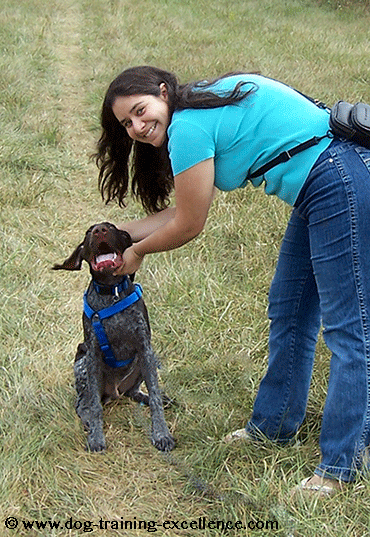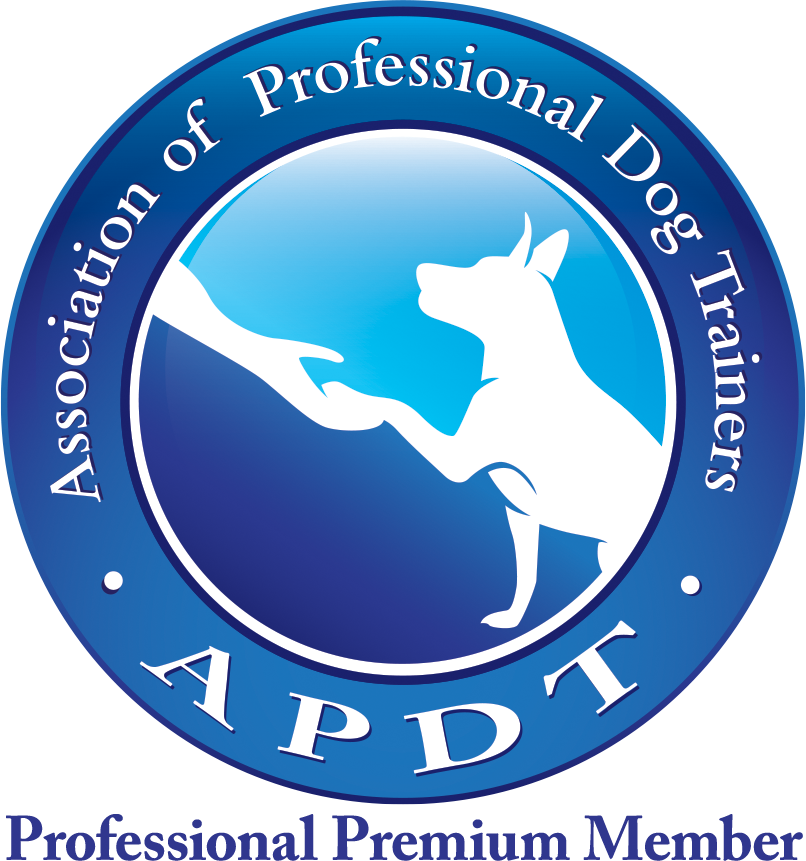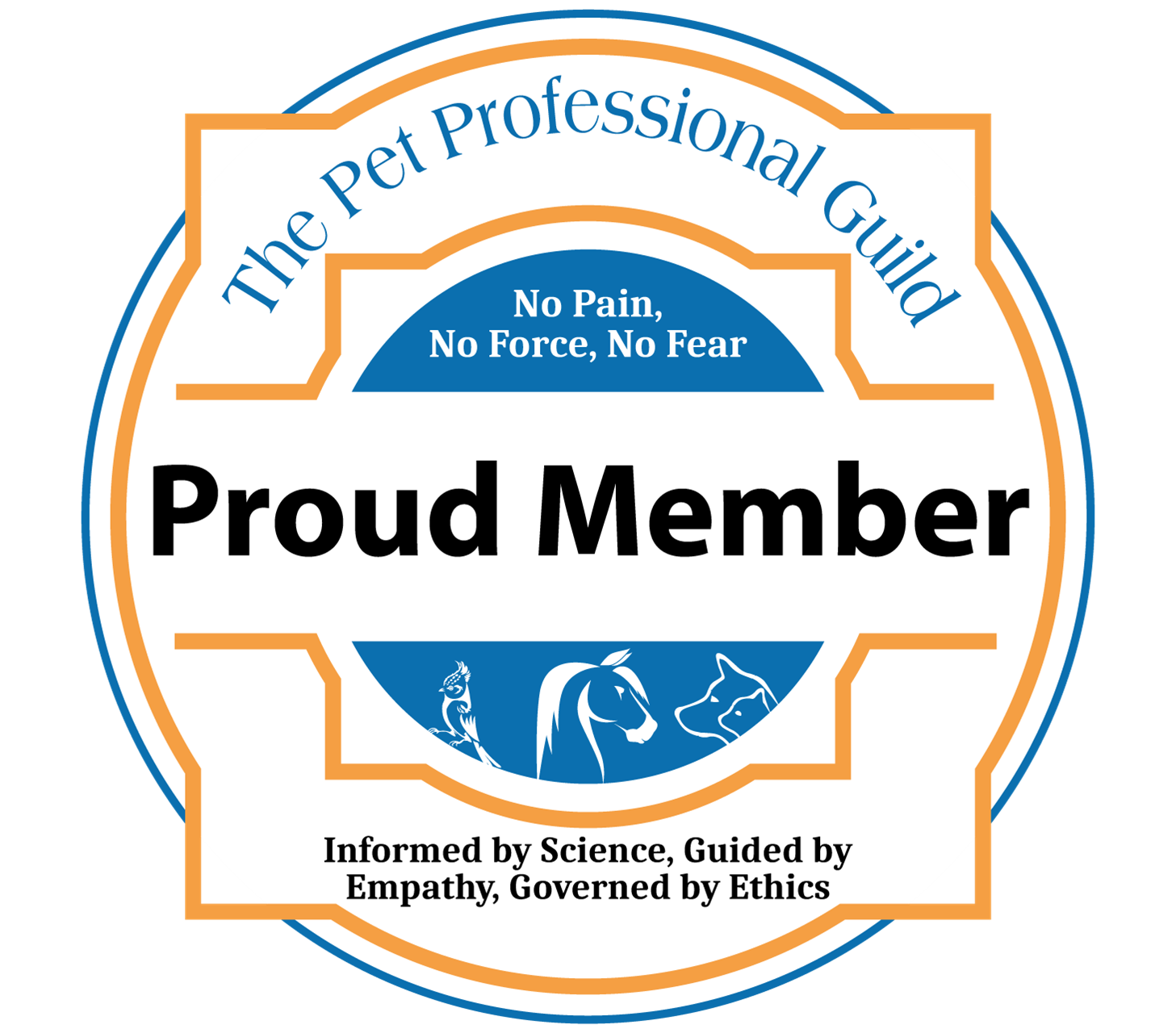I try to write my posts as unbiased as possible and recommend the products I consider to be useful and the best. I use affiliate links, this means that–at no extra cost to you–I can make a commission on a purchase you make after clicking on them. As an Amazon Associate I earn from qualifying purchases.
Secrets of an Alpha Dog
Have you ever heard that you have to be the Alpha Dog to get your pet to do what you want?
There might be some truth to that. You do have to show that you can be a good, fair, gentle and confident leader.
A leader capable of defending and protecting the family from any danger (real or perceived), providing shelter, roof and security. A leader that is more like a parent than an absolute ruler. Who wouldn't follow a leader like that?!
In this article you will find out about misconceptions and where they came from and how to be the best parent/owner to your pet dog.
Misconceptions about Alpha Dogs

In 1970 Dr. David Mech published his book "The Wolf: Ecology and Behavior of an Endangered Species". This book was based on observations of wolves in captivity in which he described how Alpha wolves had to fight for their status with aggression. This was because wolves strange to each other were put together in close proximity, a very unnatural situation to be in.
Almost 30 years later Dr. Mech published a scientific articled about wolf behavior in the wild. In nature, wolf packs are mostly families. A male and female breeding pair that produce many pups. This family unit, the pack, does not need to fight for an alpha position. The parents, naturally, take charge and keep the family safe.
For 30 years many dog trainers have justified their often brutal and inhumane practices with the wrong knowledge. Stop trying to be an alpha dog! Today we know better, so spread the word!
Hear Dr. Mech himself telling you the story!
Should we act like alpha dogs?
Like the title of the article says, let's call it a male or female parent.
Parents are natural leaders. They do not need to assert their authority all the time because nobody is trying to take it away from them!
I have heard many ways in which you can let your canine friend know you are the alpha or dominant individual. Let's look at them more closely:
- Eat before you feed your puppy. In his observations, Dr. Mech explains that when food is abundant, everybody eats at the same time. If the food is scarce, the parents will let the younger pups eat before the older siblings. So, you are probably not hurting anybody by eating first, but you probably do not need to do this. A leader decides who eats first.
- Stealing food is a sign of dominance. Stealing food seems to be a natural behavior, dogs are opportunists after all! Dr. Mech observed that wolves of any rank could try to steal food from others mouths and everyone was entitled to defend his/her food. If your dog steals food from you, I recommend you don't give him the chance. Keep all the food away! Teach him the command Leave-it to stop him before he does!
- Grab your dog from the scuff and shake him to let him know who is the boss (or any other violent action). Dr. Mech's report says that he never saw any aggressive dominant fight in natural packs (in 13 summers of study!). Again, parents are natural leaders. I would highly recommend against this practice. Your dog will probably stop trusting you and might become aggressive to defend himself.
- Do an alpha-roll or sit on your dog. Dr. Mech postulates that submissive and dominant postures are primarily to avoid confrontations and to signal recognition between family members. I strongly recommend that you neverforce your dog into a submissive posture. Reward calming signals or submissive postures given freely instead.
Alpha dog theory is no longer widely accepted. Treat your canine companion with respect and you will gain his in return.
Don't be an alpha dog!
Be a confident leader instead...be a parent to your dog.
What can you do to keep your dog obedient and happy at the same time?
Here are a few suggestions and ideas:
This is not a command, but something you will teach your pet do every time he finds himself in a situation he should ask permission before proceeding. This is one of the most important things you should train your furry friend to do!
- Keep your dog physically and emotionally safe.
Avoid putting him under threatening or uncomfortable situations. For example: If you know your dog is uncomfortable with kids, ask kids to approach slowly, with treats in their hands. Let them know that it is NOT OK to hug him. If you see a kid running towards your pooch step in between, let the kid know that they should always ask for permission before petting a strange dog.
- Obedience and Training.
Obedience training will greatly enhance your animal-human bond and communication. This will make your dog more confident and you will earn his respect.
- Be consistent and clear.
It can be very hard for your dog to understand what you want. He doesn't understand English and you don't speak Woof! Read all the advice in this website and always...Practice practice practice!
Here are a few recommendations: "How to train a reliable command" and "Training your dog to sit"
- Exercise regularly.
Your young pet needs
plenty of exercise. Both physical and mental! Take your dog for walks
every day, visit the park. If you have a backyard use it to play games
like fetch. If you must leave your dog alone at home for several hours
every day, try puzzle games (these are toys that can be filled with food
and the dog has to work it's way to get the food out of it!)
- Visit the Vet.
Many behavioral problems start because your dog is sick or in pain. Even if you can't see signs of sickness always check with your Vet. For example, most cases in which owners can't seem to potty train their puppy happen because the dog has a urinary infection. I have seen this happen many times with my clients. As soon as the infection is cleared, potty training is a breeze!
Home > Dog Behavior > Alpha Dog





New! Comments
Questions? Anecdotes? Tips? Leave me a comment in the box below.